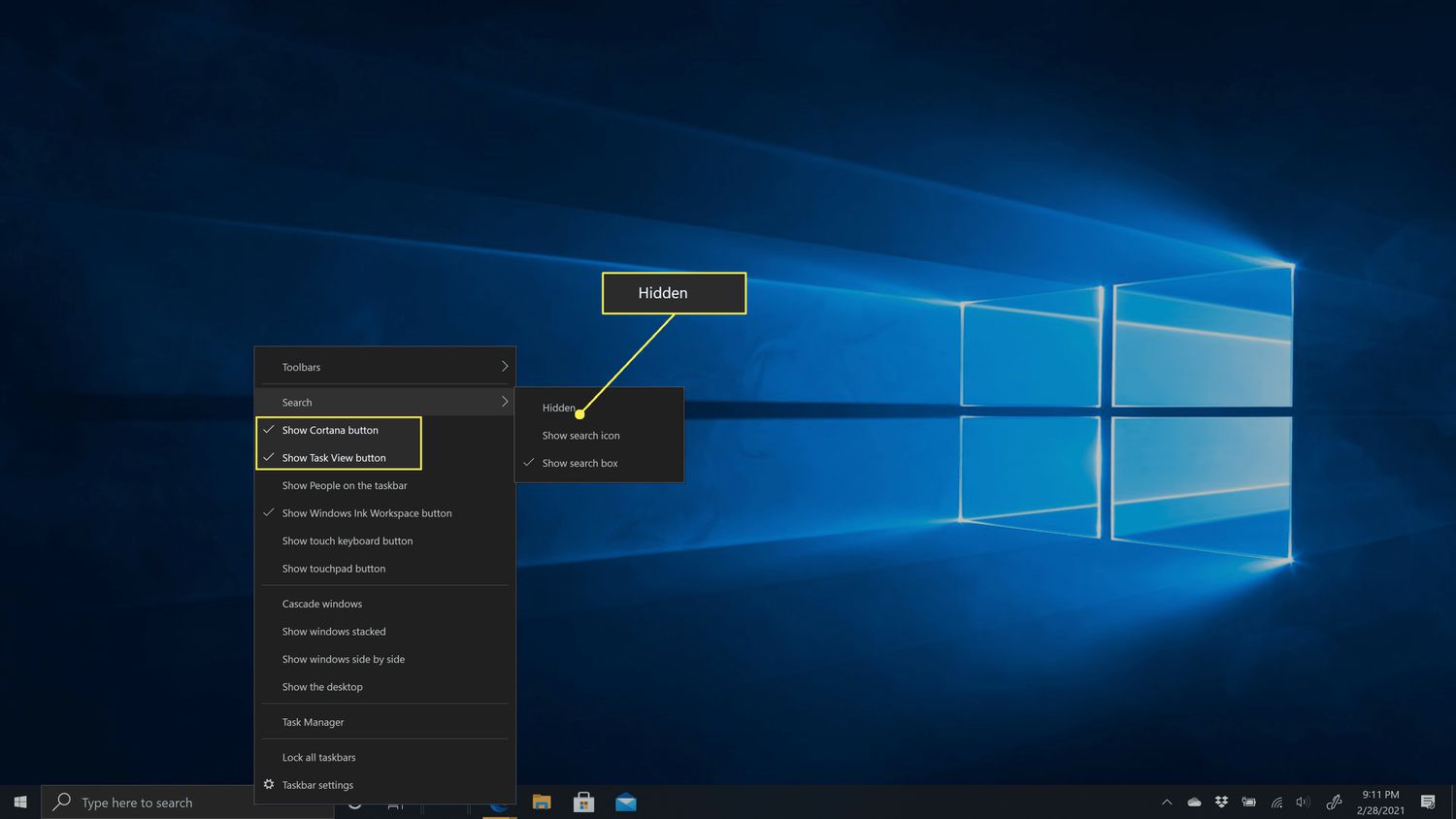TaskbarX stands out as a powerful tool that allows users to enhance their desktop experience on Windows. One of the key features that users often seek is the ability to run TaskbarX on startup. In this comprehensive guide, we’ll walk you through the process of optimizing your desktop by configuring TaskbarX to launch automatically with your system. Let’s delve into the step-by-step instructions for a seamless setup.
Why TaskbarX?
Before we jump into the installation process, let’s briefly discuss why TaskbarX is a popular choice for desktop customization. TaskbarX transforms your Windows taskbar, allowing you to personalize it with stunning visual effects, dynamic colors, and animated icons. Whether you’re a productivity enthusiast or someone who values aesthetics, TaskbarX adds a layer of sophistication to your desktop environment.
Download and Install TaskbarX
The first step in running TaskbarX on startup is to ensure it’s installed on your system. Visit the official TaskbarX website and download the latest version. Once the download is complete, follow the installation instructions provided. Make sure to choose the installation options that best suit your preferences.
Launch TaskbarX and Configure Settings
After successful installation, launch TaskbarX. Familiarize yourself with the user interface and explore the various customization options available. TaskbarX offers settings to adjust transparency, color, and animation effects. Take your time to configure these settings according to your personal taste and desktop theme.
Navigate to TaskbarX Startup Settings
To make TaskbarX run on startup, you need to access the startup settings within the application. Locate the “Settings” or “Preferences” section, and look for an option related to startup behavior. Enable the “Run on Startup” or similar option to ensure that TaskbarX launches automatically each time you start your computer.
Utilize Windows Task Scheduler
If TaskbarX’s built-in startup option isn’t available or doesn’t meet your needs, you can use the Windows Task Scheduler as an alternative method. Open the Task Scheduler from the Start menu and create a new task. Set the trigger to “At log on” or “At startup” and specify the TaskbarX executable file path as the action. This ensures TaskbarX is initiated during the system startup process.
Test the Setup
After configuring TaskbarX to run on startup, it’s essential to test the setup. Restart your computer and observe whether TaskbarX activates automatically. Verify that your customized settings are applied, and the visual enhancements are present on your taskbar. If everything works as expected, you’ve successfully optimized your desktop experience with TaskbarX.
Conclusion
Running TaskbarX on startup adds a touch of personalization and efficiency to your Windows desktop. With its array of customization options and dynamic effects, TaskbarX transforms the traditional taskbar into a visually appealing and functional element of your computer environment. By following the steps outlined in this guide, you can seamlessly integrate TaskbarX into your startup routine, enhancing your desktop experience from the moment your system boots up. Experiment with the various settings, stay engaged with the TaskbarX community, and enjoy a desktop that reflects your unique style and preferences.
